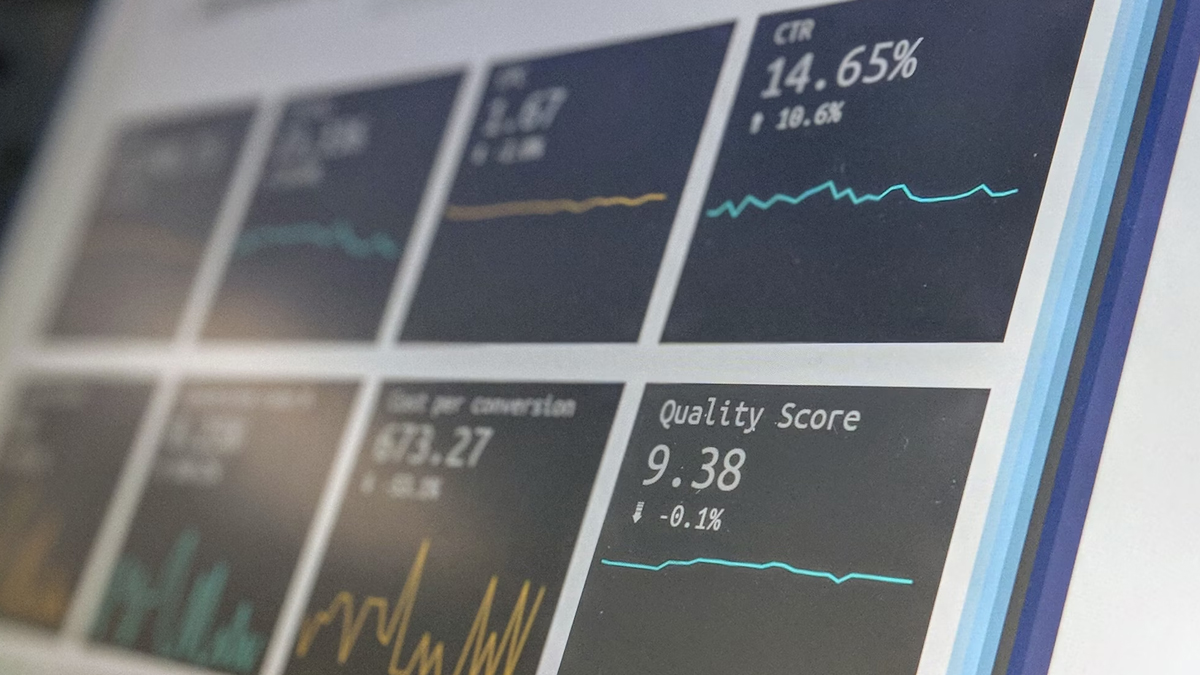ABM campaigns continue to redefine B2B marketing, offering a laser-focused approach to targeting high-value accounts and driving measurable growth. As the digital landscape evolves, so do ABM strategies, emphasizing deep personalization, cross-team collaboration, and data-driven decision-making. With 80% of marketers increasing their ABM budgets, having a refined strategy has never been more critical. This article explores the top tactics for launching a successful campaign, highlighting actionable steps to align your sales and marketing teams, craft a compelling ABM campaign, and maximize ROI. Discover how ABM can position your business for success in the year ahead.
What is an ABM Campaign?
Account based marketing campaigns are a strategic B2B marketing approach that prioritizes targeting specific high-value accounts with personalized and a tailored campaign. Unlike broad-based marketing strategies, ABM focuses on nurturing relationships with key accounts by leveraging deep insights into their unique needs, challenges, and goals. This ensures that marketing efforts align closely with the account based marketing goals and the objectives of sales teams, fostering collaboration and improving efficiency.
For enterprises, the ABM campaign is particularly impactful as it helps streamline resource allocation and enhances ROI by concentrating efforts on accounts with the greatest revenue potential. By aligning data from marketing, sales, and customer support teams, enterprises can craft highly relevant messaging and deliver solutions that resonate with their target accounts. ABM has become a cornerstone of enterprise marketing, enabling businesses to build stronger relationships, shorten sales cycles, and achieve scalable growth while maintaining a laser-focused approach to customer engagement.
Importance of ABM in Your Organization
Account Based Marketing campaigns are essential for organizations seeking to optimize revenue and build stronger customer relationships. By focusing on high-value accounts and leveraging insights into their unique needs, ABM aligns marketing and sales teams to deliver personalized, impactful ABM marketing campaigns. This strategy is particularly important for retaining and expanding existing accounts, as it costs significantly less to nurture current customers than to acquire new ones. ABM marketing campaigns help drive repeat purchases, upselling, and cross-selling opportunities, ensuring your organization remains top-of-mind when clients need new solutions.
Moreover, account based marketing campaigns emphasize data-driven decision-making through tools like lead scoring. Tracking user behavior such as email engagement, website visits, and form submissions helps identify when an account is ready for outreach. With marketing automation and real-time notifications, sales teams can prioritize high-potential leads effectively. ABM fosters collaboration, enhances resource efficiency, and creates a unified approach to achieving shared objectives, making it a critical strategy for sustainable growth.
How to Create a Successful ABM Campaign?
Here’s how you can build an ABM strategy that drives success by targeting the right accounts and optimizing engagement:
1. Build Your Ideal Customer Profile (ICP)
To launch a successful ABM strategy, the first step is to understand your target accounts. Create an Ideal Customer Profile (ICP) that is the first step in launching businesses most likely to be solutions. Rather than casting a wide net, define your ideal accounts based on industry, company size, maturity, geography, and the likelihood of a long-term relationship. Include both “filters” (non-negotiable criteria) and “signals” (indicators of growth potential) in your ICP framework.
2. Contact the Right People
Identify and target the key decision-makers within your ideal accounts. Every company has a mix of influencers, decision-makers, and blockers, so it’s crucial to know who to engage. Use personas to understand the specific roles, responsibilities, pain points, and goals that influence the purchase decision. Tailor your messaging for each persona to increase the chances of success.
3. Develop a Comprehensive List of Accounts
Once you have your ICP and personas, it’s time to build a targeted account list. You can either purchase lists, manually curate lists through databases or platforms like LinkedIn, or use sales tools to gather contacts. The goal is to focus on quality over quantity, ensuring that your list aligns with your ICP and persona profiles. Continuously update your list to ensure relevance.
4. Create Relevant Content to Drive Awareness, Consideration, and Conversion
Content is key to moving prospects through the buyer’s journey. Develop content tailored to the awareness, consideration, and conversion stages. For example, at the awareness stage, provide blog posts and industry guides. In the consideration stage, offer case studies and comparison charts. For conversion, focus on testimonials, product demos, and limited-time offers. Personalize content to resonate with each persona’s challenges and account based marketing goals.
5. Connect with Your Target Audience
An effective campaign requires personalized messaging, distributed through the right channels, and timed for maximum impact. Use multiple communication channels, such as email, LinkedIn, and phone calls, depending on where your audience is most active. Tailor your messaging to each persona’s pain points and aspirations. Develop a strategic cadence, ensuring that your outreach is persistent but not overwhelming.
6. Leverage Technology for Automation and Insights
Account based marketing campaigns and ABM programs can be resource-intensive, so utilizing marketing automation tools and CRMs is essential for scale. Leverage technology to automate outreach, track engagement, and personalize your messaging. Tools like Salesforce, HubSpot, and Marketo help you manage campaigns, monitor interactions, and gain valuable insights into prospect behavior. By automating and analyzing data, you can optimize your ABM efforts and improve ROI.
7. Measure, Optimize, and Scale
ABM is an ongoing process of testing, learning, and optimizing. Regularly analyze the performance of the ABM programs, including engagement rates, lead quality, and conversion rates. Use A/B testing to experiment with different messages, offers, and outreach cadences to see what resonates best with your target accounts. Once you find the campaign strategies that work, scale them up to reach more accounts and increase the effectiveness of your campaign.
Best Practices for Successful ABM Campaigns
To create a successful ABM campaign, it’s essential to establish a strong ABM campaign framework that focuses on high-value accounts and aligns marketing and sales teams. Start by defining your target accounts and developing an ABM campaign strategy that is personalized to meet the specific needs of those accounts. Tailor your messaging, offers, and content to address the challenges and goals of key decision-makers within these accounts.
Successful ABM campaign tactics include leveraging data and insights to optimize your approach. Utilize ABM campaign metrics such as engagement rates, conversions, and lead quality to measure success and refine your strategy. By consistently reviewing these metrics, you can ensure that your ABM framework stays on track and that your tactics are aligned with your goals. The ABM campaigns typically focus on multi-channel engagement, ensuring that key accounts are reached through various touchpoints. These best ABM campaign strategies for B2B marketing involve personalization, content targeting, and continuous optimization to drive long-term success. To enhance your campaign, track the performance of your tactics using metrics and adjust your strategy as necessary. By continually improving your ABM campaign strategy and scaling successful tactics, you can increase engagement, conversions, and overall ROI.
Conclusion
In conclusion, a successful ABM campaign in 2025 requires a targeted, data-driven approach that aligns marketing and sales efforts. By focusing on ideal accounts, leveraging technology for automation, and crafting personalized content, businesses can effectively engage key decision-makers and drive growth. The emphasis on collaboration, ongoing optimization, and measurable results makes it an indispensable ABM strategy for B2B success. By following these strategies, companies can maximize ROI, shorten sales cycles, and build lasting relationships with high-value accounts, ultimately positioning their business for sustainable growth in an increasingly competitive market.




